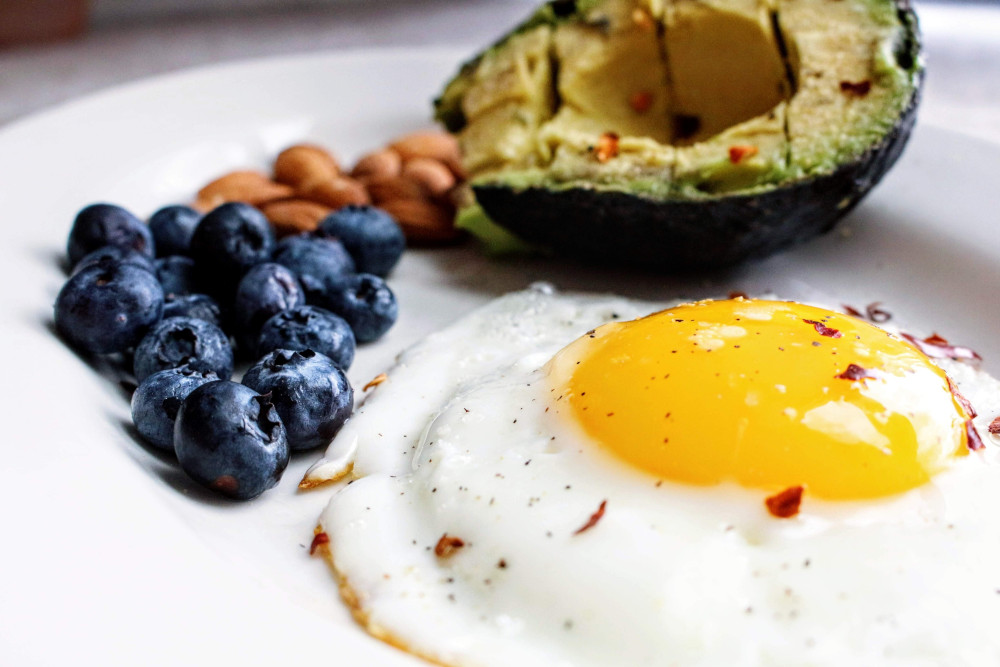
KETO OVER AGE 50 – A QUICK START GUIDE
Starting my Keto journey
How did I start my Keto journey over the age of 50? I researched for over 8 months. I poured over countless websites and YouTube videos. With all this information I came up with a plan. How did I start? with my, Elimination Plan! I started out by removing the most offensive foods with the highest carbohydrates. I eliminated in this order:
First month: Stopped eating Sugar and Sugar Substitutes. I went to Stevia, then got off that over the six months.
Second month: I stopped eating Bread for 30 days.
Third month: I stopped eating Pasta for 30 days.
Fourth month: I stopped eating White potatoes for 30 days.
Fifth month: I stopped eating Rice and Beans for 30 days.
Sixth month: I stopped eating Sweet potatoes for 30 days.
After 150 days, the foods above are out of your system. This way you don’t get the dreaded “KETO FLU”.
A quick note on sweeteners.
I started using Stevia in the Raw (Link Amazon). I liked it better. First, it only has Stevia Leaf extract and Dextrose. Second, there are others out there that add Erythritol. I am not a fan, plus it gives a chemical after taste. The other sweeteners (Pink, Blue and Yellow packs) are all chemical. I don’t touch them.
What do I eat?
Animal proteins Link to meat box
Fish
Fish and shellfish are very keto-friendly. However, the carb count in shellfish varies by type. While shrimp and most crabs contain no carbs, oysters and octopus do. You can still eat these foods on the keto diet, but it’s important to carefully track these carbs to stay within your range.
Salmon, sardines, mackerel, and other fatty fish are very high in omega-3 fats, rich in B vitamins, potassium, and selenium. Which have been associated with lower insulin levels and increased insulin sensitivity in people who are overweight or have obesity.
Frequent fish intake is linked to improved brain health and a decreased risk of disease.
The American Heart Association recommends that adults over 18 years old eat 8–10 ounces of seafood per week.
Meat and poultry
Meat and poultry are staple foods on the keto diet. Fresh meat and poultry contain no carbs and are rich in B vitamins and several important minerals. They’re also a great source of high quality protein, which may help preserve muscle mass during a very low carb diet. The best choice is grass-fed meat, it has more omega-3 fats and conjugated linoleic acid (CLA) than meat from grain-fed animals.
Eggs
Eggs are an extremely healthy protein source. Because each large egg contains less than 1 gram of carbs and about 6 grams of protein, eggs can be ideal for keto. Also, eggs have been shown to trigger hormones that increase feelings of fullness.
It’s important to eat whole eggs rather than egg whites. Most of an egg’s nutrients are found in the yolk. This includes the antioxidants lutein and zeaxanthin. Although egg yolks are high in cholesterol, they don’t appear to increase your risk of heart disease.
Link NIH Eggs 2 Link NIH PubMed
Dairy and dairy alternatives
Cheese
There are hundreds of types of cheese, most of which are very low in carbs and high in fat, making them a great fit for the keto diet. Just 1 ounce of cheddar cheese provides 1 gram of carbs, 6 grams of protein, and a good amount of calcium. Cheese is high in saturated fat, but it hasn’t been shown to increase your risk of heart disease. In fact, some studies suggest that it may help protect against this condition. Cheese also contains CLA, which has been linked to fat loss and improvements in body composition. In addition, eating cheese regularly may help reduce the loss of muscle mass and strength that occurs with aging.
Link Cheese Link NIH PubMed Link Oxford Study Link NIH
A 12-week study in older adults found that those who ate 7 ounces of ricotta per day experienced less loss of muscle mass and muscle strength than those who didn’t eat this amount of cheese.
Here are a few cheeses that are lower in carbs.
Blue cheese
Cheddar
Colby jack
Cottage cheese
Cream cheese
Feta
Goat cheese
Havarti
Mozzarella
Muenster
Parmesan
Pepper jack
Provolone
Swiss cheese
Plain Greek yogurt and cottage cheese
Plain Greek yogurt and cottage cheese are nutritious, high protein foods. While they contain some carbs, you can eat them in moderation on keto. Both yogurt and cottage cheese have been shown to help decrease appetite and promote feelings of fullness.
Link Oxford Study Link NIH PubMed
Cream and half-and-half
Cream is composed of the fatty portion of fresh milk that’s separated out during milk processing. Half-and-half is made of 50% cream and 50% whole milk. Both of these dairy products are very low in carbs and high in fat, making them ideal for keto. Like other fatty dairy products, butter and cream are rich in CLA, which may promote fat loss.
Link Cream Link Half and Half Link NIH
I hope this short guide will help you in your journey. If you need help, please contact me in the comments below.
Thank you,
Jeff (Old Guy Life)
